Q&A: The Power of Green Financing
Spinnaker Real Estate’s Clay Fowler and Mackey Dykes of Connecticut Green Bank talk about their partnership and strategies for financing sustainable projects.
Having the right business partner in any industry is priceless. For Spinnaker Real Estate Partners, a second-generation real estate company based in East Norwalk, Conn., its introduction to the pioneering lender Connecticut Green Bank was a red-letter day.
Commercial Property Executive discussed the companies’ collaboration and the future of green financing with Clay Fowler, Spinnaker’s chairman & CEO, and Mackey Dykes, vice president of commercial and industrial programs at Stamford-based Connecticut Green Bank.
You’ve redeveloped three industrial projects so far using C-PACE financing from the Connecticut Green Bank. Tell us about the upgrades and the overall process of accessing that financing.
Fowler: We installed rooftop solar systems on three of our existing commercial properties in Southern Connecticut. In addition to those projects, we’ve also worked with Connecticut Green Bank and used C-PACE financing to replace full window systems and perform other energy upgrades in some of our other properties.
In all our business relationships, it’s really important to work with companies we can depend on. We consider 64 Solar and the Connecticut Green Bank to be our partners. They are experts in rooftop solar and clean energy financing.
The Connecticut Green Bank has guided us through the process and managed all the details to ensure the best possible outcome in terms of financing and our energy upgrades. C-PACE makes energy upgrades affordable and smart. The low rates and longer financing terms spread our payments out over time so our projects immediately have positive cash flow. We save energy and money both for ourselves and our tenants—in addition to doing what’s right for the environment.
Which of the three projects was more challenging and why?
Fowler: The most challenging project was probably the one at Glenbrook Industrial Park because it was our first solar installation, and this was simply a new type of project for us. Our solar partner, 64 Solar, walked us through the installation process and explained the size of the system we could install based on the square footage available on the roof. They also connected us with the Connecticut Green Bank.
That great initial experience helped make it easy to decide to move forward with solar projects at our other two buildings in Norwalk. The solar systems on each building are monitored wirelessly by 64 Solar, and they also perform maintenance as needed to be sure the systems are running properly. There’s really very little for us to do but enjoy the benefits.
By how much have the energy upgrades impacted these properties’ value and NOI?
Fowler: At Spinnaker Real Estate Partners we believe in building places of value. That means we create value for ourselves, our investors, and our commercial and residential tenants. We only work in areas where there’s already development, in other words, urban or town areas, and that’s part of our mission.
The addition of rooftop solar and other energy upgrades to our buildings lowers our operating costs and increases the value of our buildings. It also sets our buildings apart and helps us to attract tenants who are environmentally conscious.
Do you have other projects lined up for upgrades using C-PACE financing or other types of green funding?
Fowler: We have a number of projects in development where we’re considering the use of C-PACE financing through Connecticut Green Bank. There’s an incredible incumbency upon us as building owners to do what we can to stretch every resource possible as we own and operate our buildings, so we try to look at every new project and see whether it makes sense to layer in C-PACE financing to help meet our energy needs.
What is Connecticut Green Bank and what role has it played in the real estate sector?
Dykes: Connecticut Green Bank is a public policy innovation that has helped mobilize greater local and global investment to address climate change. Since inception, the Green Bank has mobilized over $1.6 billion of investment into Connecticut’s clean energy, supported the creation of nearly 20,000 direct, indirect and induced job-years, and reduced the energy burden of over 45,000 families and businesses. In addition, it deployed over 360 megawatts of clean energy that will help reduce 6.5 million tons of carbon dioxide emissions and save nearly $200 million of public health costs over the life of the projects and helped generate $82.9 million in individual income, corporate and sales tax revenues to the State of Connecticut.
The Green Bank has been especially innovative when it comes to clean energy finance for commercial real estate through its C-PACE program, which has served as a model for C-PACE programs in other jurisdictions. By demonstrating that C-PACE could mobilize investment in the commercial real estate sector, the Connecticut Green Bank helped spark a PACE movement across the country.
With PACE programs enabled by state and local legislation, how is Connecticut’s C-PACE different from other states’ initiative?
Dykes: As the nation’s first green bank, Connecticut Green Bank is a leader in Commercial Property Assessed Clean Energy and our C-PACE program serves as a model for other programs. Today we remain one of the top three largest programs in the country with more than 290 closed projects totaling nearly $170 million in clean energy investment.
C-PACE is just one program in Connecticut Green Bank’s portfolio of financing options designed to accelerate the adoption of clean energy by making it more accessible and affordable for businesses and consumers. As a leader, we’re constantly pushing to evolve our program and transform the clean energy market. That means we’re actively working to add more third-party lenders and additional projects, including opening the C-PACE program up to new markets—such as new construction projects—and educating appraisers on how energy-saving improvements add value to a property. Spinnaker’s projects are also a great example of another focus for us which is to work with more portfolio property owners to increase the number of C-PACE projects across the state.
What other green energy financing options are there and can they be combined with C-Pace?
Dykes: Connecticut Green Bank also offers Purchase Power Agreement, which can be secured through C-PACE – this approach can help nonprofits, multifamily, or commercial properties that are not able to utilize the Investment Tax Credit to access solar photovoltaic.
Building owners may also be able to access financing through traditional loans, but they won’t benefit from some of the unique characteristics of C-PACE. Because a C-PACE loan is secured through the property, longer, fixed-rate terms are possible (leading to positive cash flow), and the lien can be transferred to a new owner in the event of a sale.
What do you predict for sustainability and energy efficiency in real estate in the foreseeable future?
Fowler: As sustainability and energy efficiency measures move from ‘nice-to-have’ to ‘must-have’ for real estate developers, I think more and more developers will turn to C-PACE financing.
It can be difficult to try a new method of financing, like C-PACE, but now it’s a turnkey process. Today we’re consciously incorporating energy efficiency and sustainability measures into all our buildings—from solar panels to heating and cooling, and LED lighting—and considering C-PACE financing as a vehicle to help pay for them.
I would tell my counterparts in the real estate industry to give C-PACE financing a try. It’s not difficult and makes sense financially, as well as from a social responsibility perspective. We hope that more of the real estate industry will follow our lead and consider using C-PACE to fund more clean energy projects.
Dykes: One trend we have noticed is that more and more companies are looking to retrofit and repurpose existing properties when feasible. Spinnaker is a great example of a developer that’s leading the way in terms of redevelopment and updating the energy profile of existing buildings. Buildings that are “green” are becoming more and more important to not just building owners, but also tenants, employees and customers. We hope to see many more developers following Spinnaker’s lead and realizing the ROI and environmental benefits of energy efficiency projects financed with C-PACE.


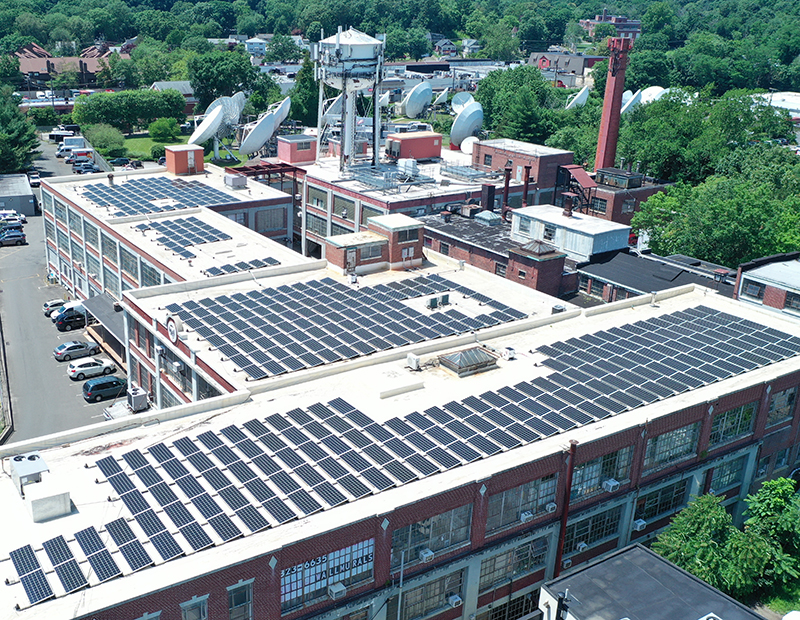

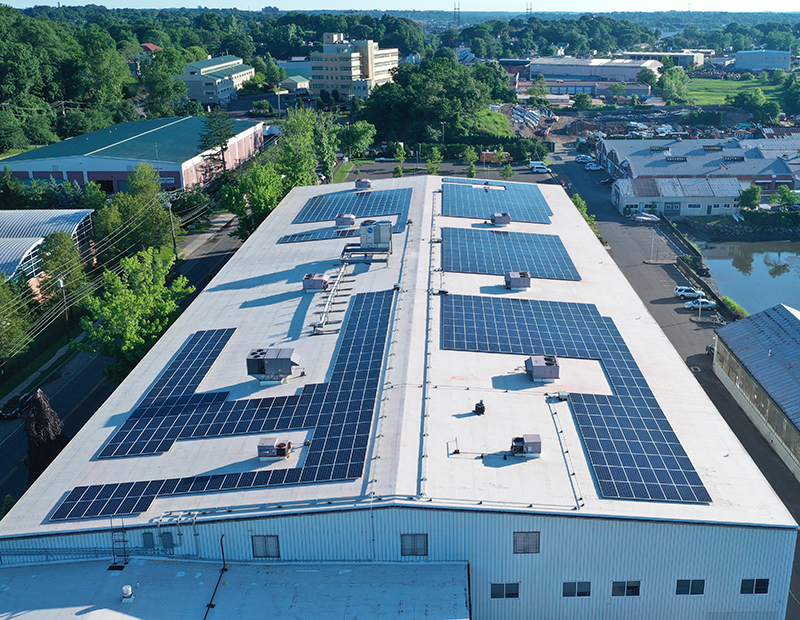

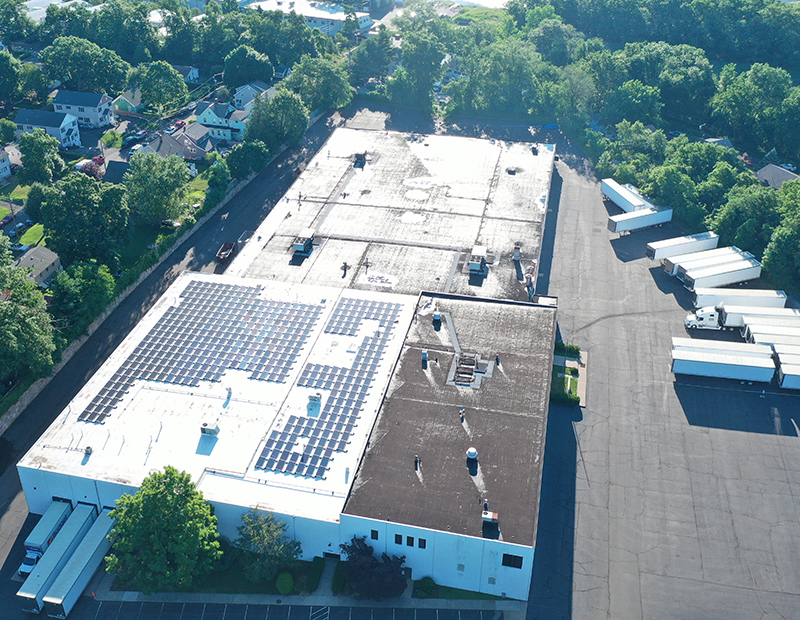
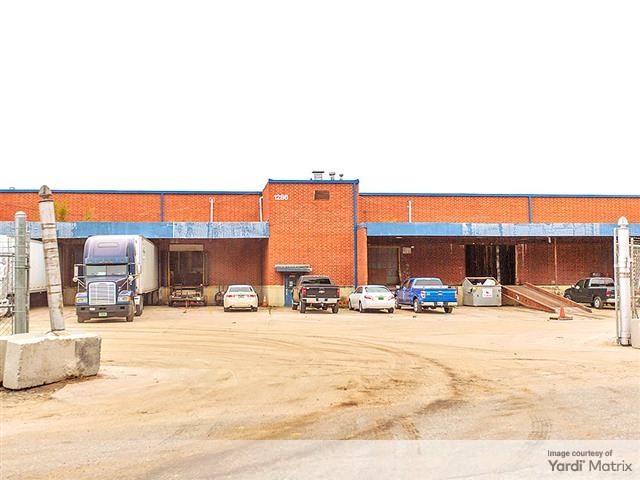

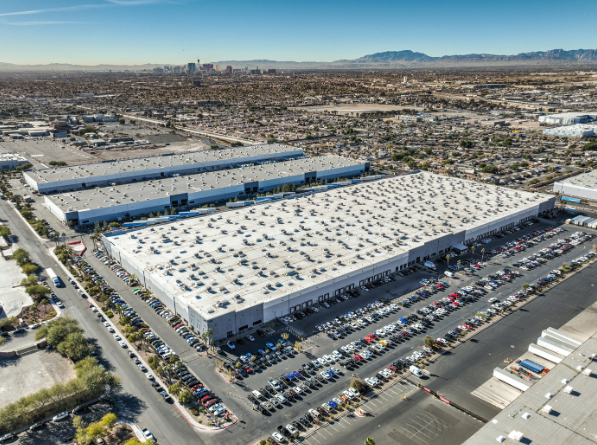
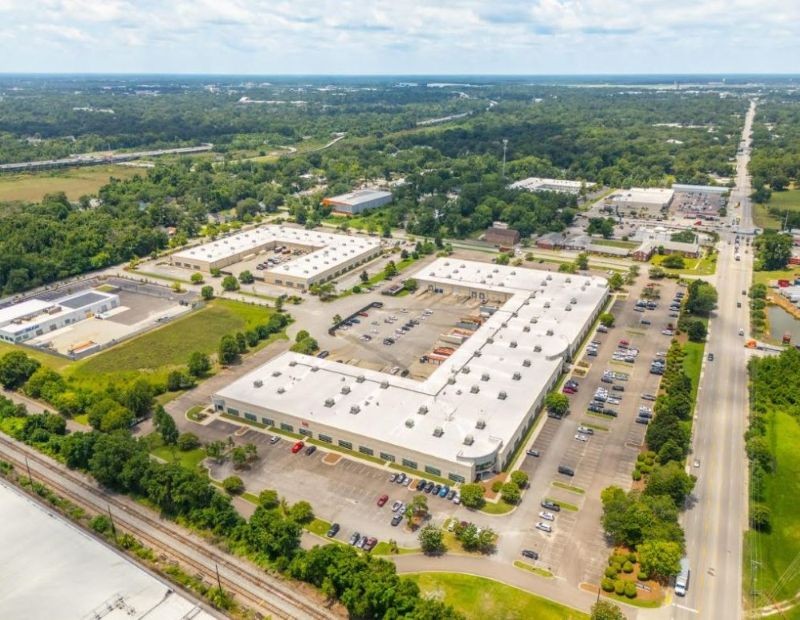
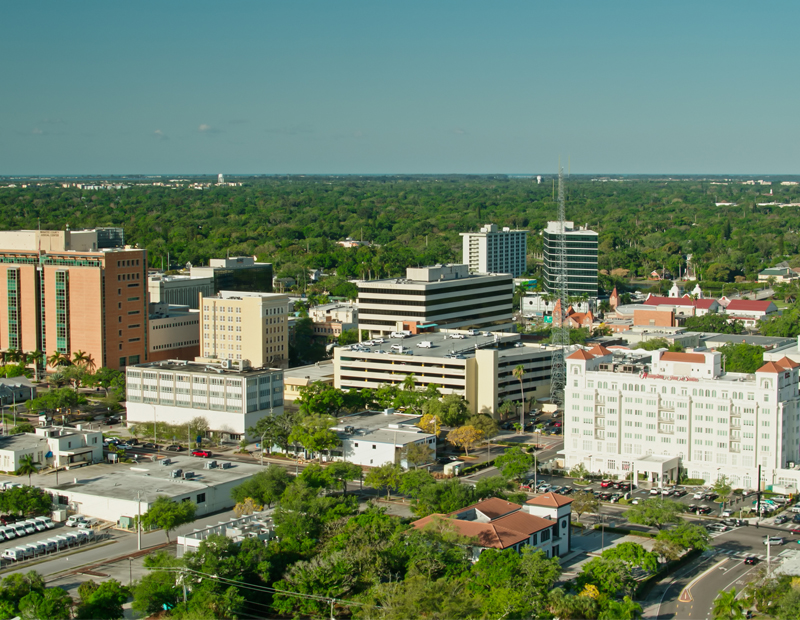
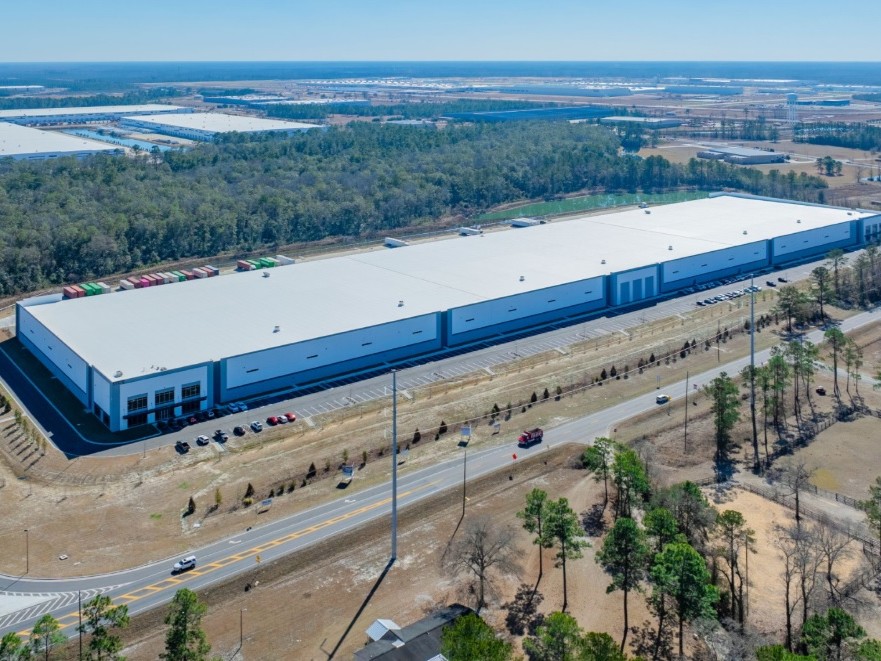
You must be logged in to post a comment.